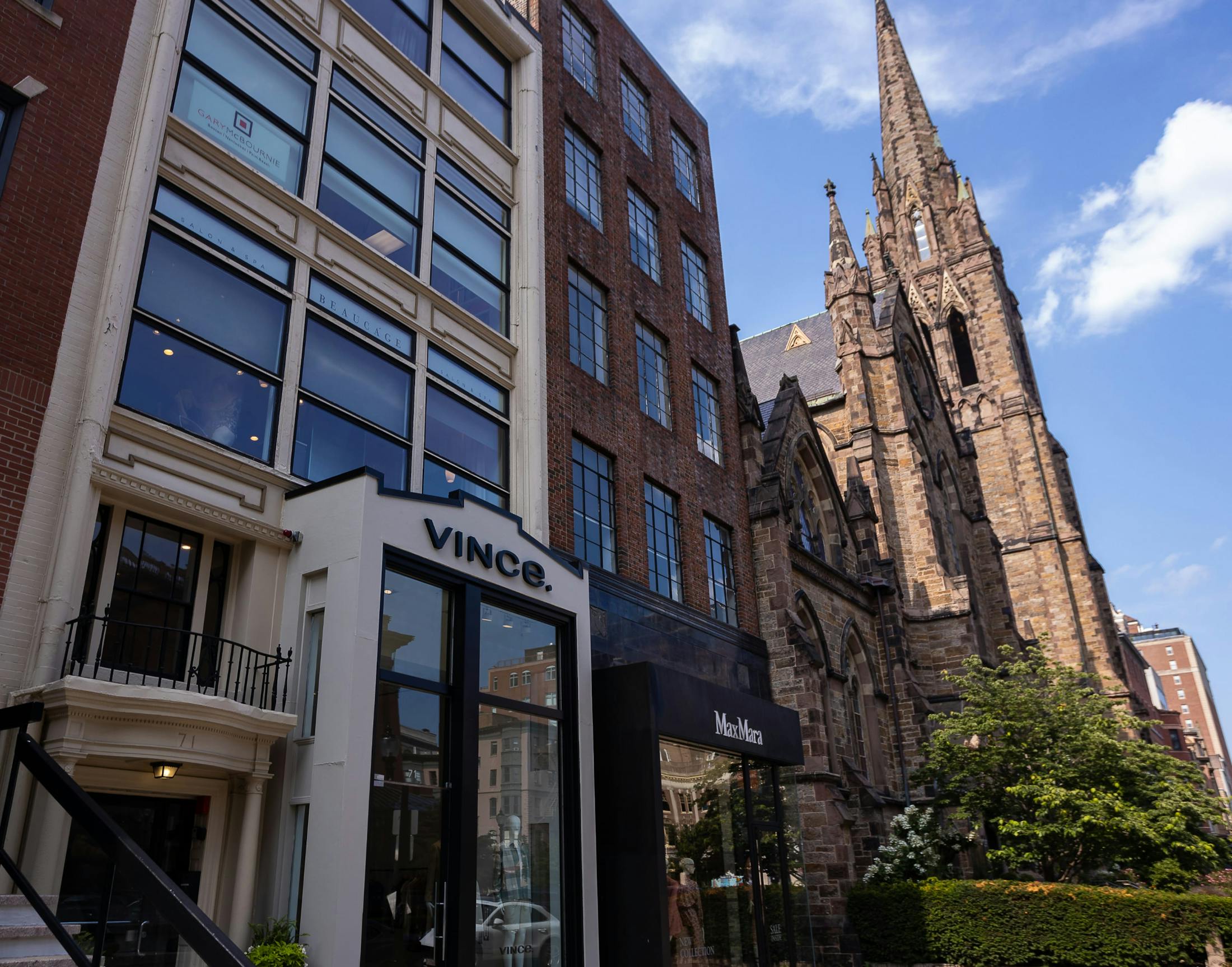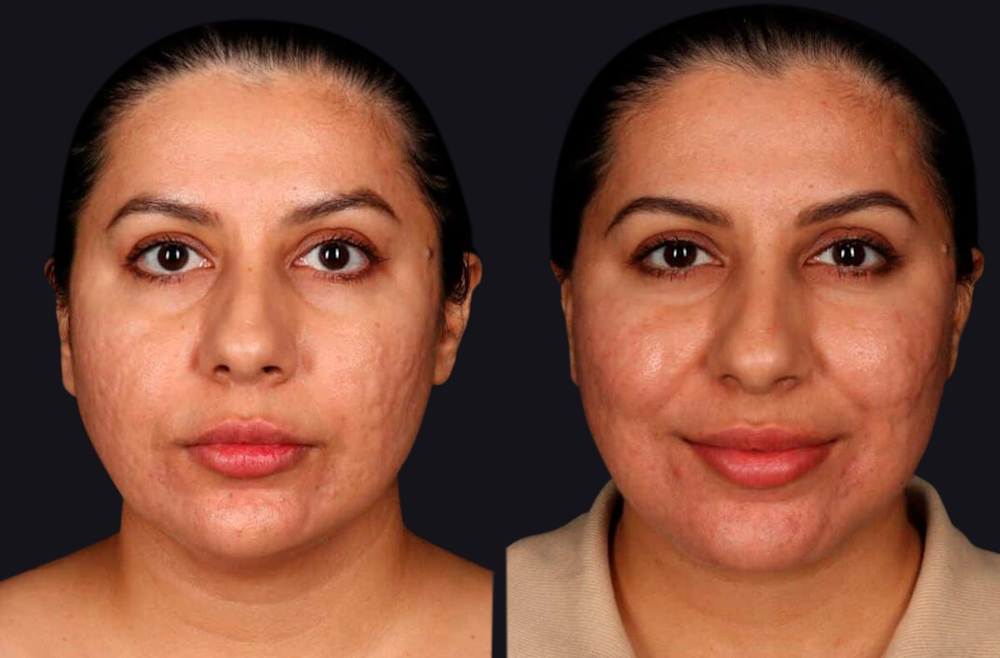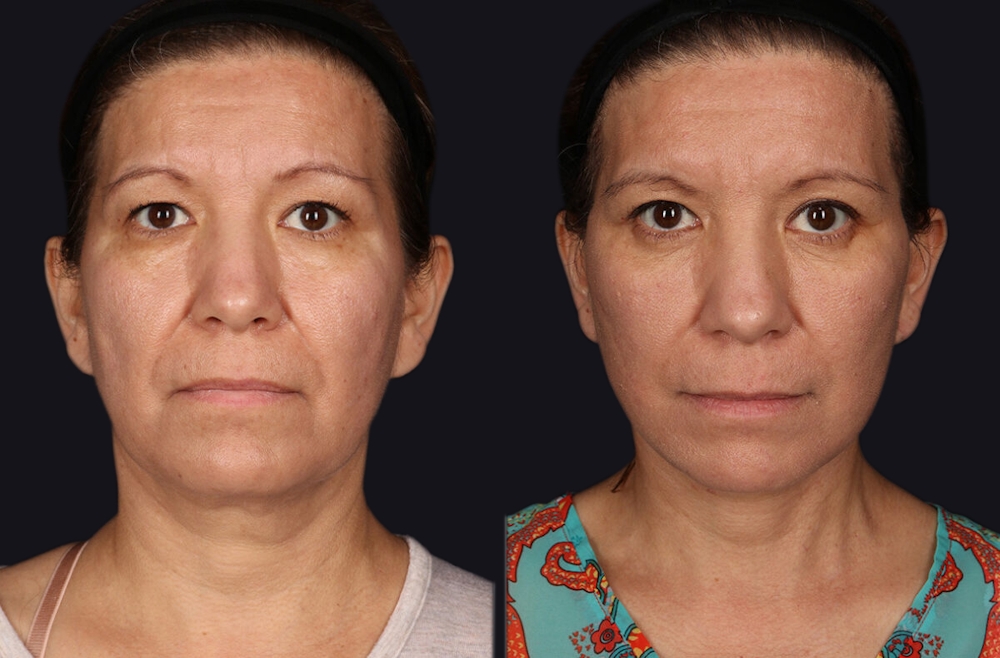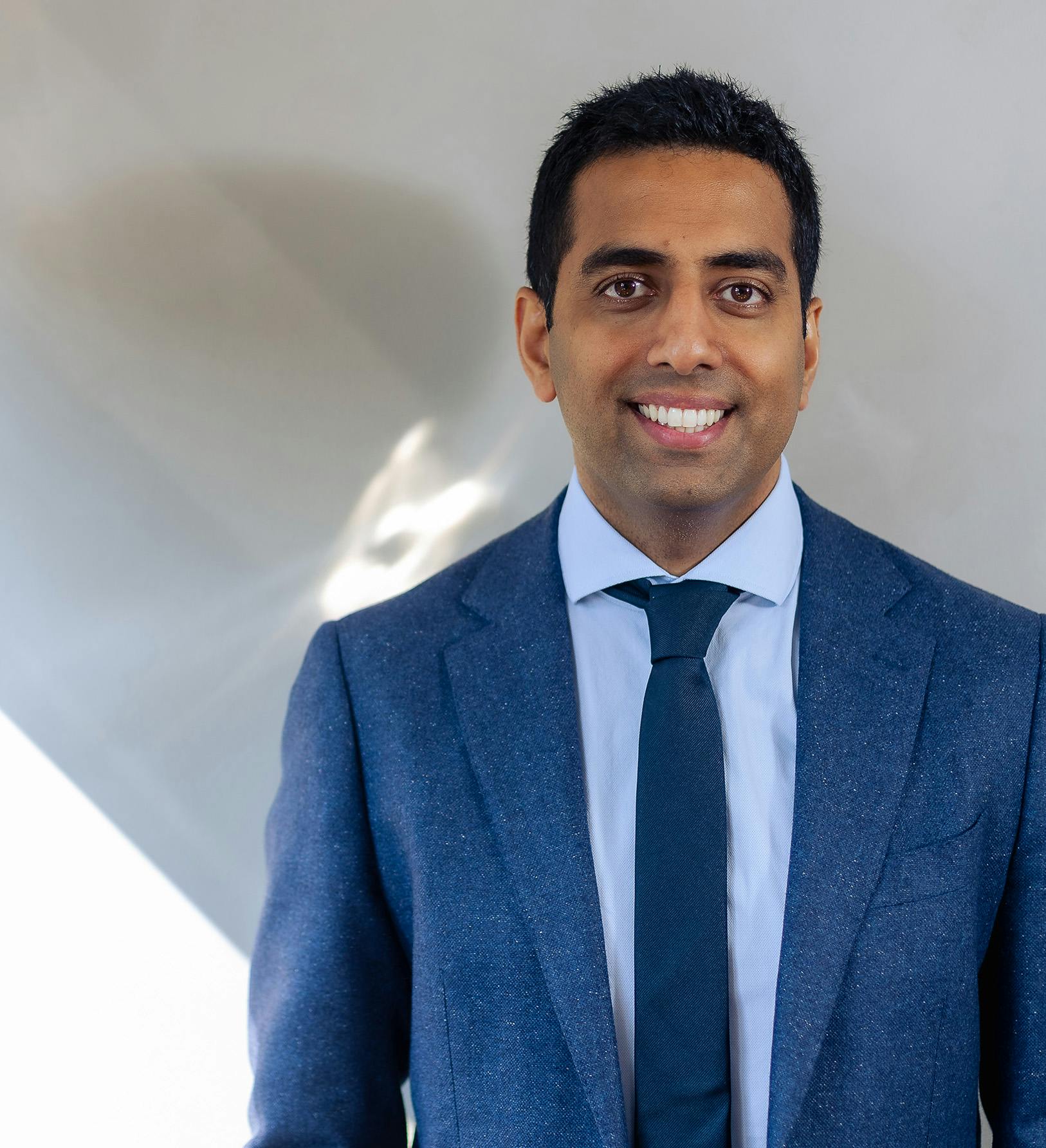Unlocking youthfulness: the SMAS layer
The SMAS layer, or Superficial Musculoaponeurotic System, is pivotal in the deep plane facelift. This network of muscles and connective tissue acts as a structural support system, defining facial contours.
Traditional facelift techniques often focus on superficial skin layers, resulting in less optimal and shorter-lasting outcomes. In contrast, the deep plane facelift directly targets the SMAS layer, enabling the surgeon to reposition deeper facial structures for natural and enduring results.
A deep plane facelift delivers superior results by addressing the root causes of facial aging at the structural level, ensuring a rejuvenated appearance that defies time.










